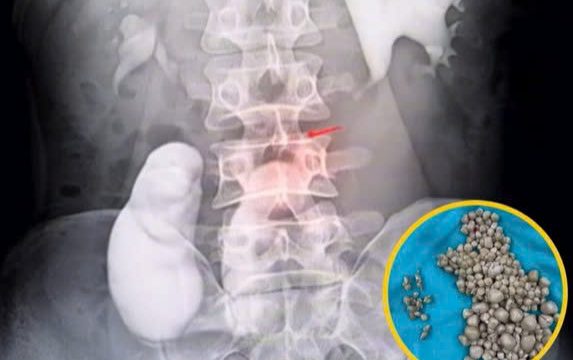We’ve all encountered this scenario: craving a late-night snack, you recall the delicious chicken or beef you prepared earlier, only to realize you’ve left it sitting on the kitchen counter overnight. The pressing question arises: is it safe to eat, or are you risking food poisoning?

Understanding the “Danger Zone”
The term “danger zone” in food safety refers to temperatures between 40°F (4°C) and 140°F (60°C). Within this range, bacteria can multiply rapidly, potentially leading to foodborne illnesses. Leaving cooked meat within this zone for extended periods increases the risk of bacterial growth.
Chicken: A High-Risk Meat
Poultry, particularly chicken, is notorious for harboring bacteria like Salmonella and Campylobacter. If cooked chicken is left out at room temperature for more than two hours, it becomes a breeding ground for these pathogens. Consuming such chicken can result in severe food poisoning symptoms, including nausea, vomiting, and diarrhea. Therefore, it’s advisable to discard any chicken left out overnight.
Beef: Slightly More Forgiving but Still Risky
While beef isn’t as prone to bacterial contamination as chicken due to its lower moisture content and higher acidity, it’s not immune. Leaving cooked beef out overnight still poses a risk. Bacteria like Escherichia coli can develop, especially if the meat was improperly handled before or after cooking. To ensure safety, it’s best to err on the side of caution and discard beef left out for extended periods.
Trust Your Senses, But Don’t Rely Solely on Them
While appearance, smell, and texture can offer clues about food spoilage, they aren’t foolproof indicators of safety. Some harmful bacteria don’t produce noticeable changes in food. Therefore, even if your meat looks and smells fine, it might still be unsafe to consume if left out too long.
The 2-Hour Rule
A general guideline from food safety experts is that perishable foods, including cooked meats, shouldn’t be left at room temperature for more than two hours. In environments where the temperature exceeds 90°F (32°C), this window reduces to just one hour. Adhering to this rule minimizes the risk of bacterial growth and potential foodborne illnesses.
When in Doubt, Throw It Out
It’s a common adage in food safety: if you’re uncertain about the safety of a food item, it’s best to discard it. The potential health risks associated with consuming spoiled or contaminated food far outweigh the cost of replacing it.
Preventative Measures
To avoid the dilemma of whether to consume meat left out overnight, consider the following steps:
-
Prompt Refrigeration: After cooking, allow meat to cool slightly, then refrigerate it within two hours.
-
Proper Storage: Use airtight containers to store leftovers, reducing exposure to air and potential contaminants.
-
Labeling: Clearly label stored foods with dates to keep track of their freshness and ensure timely consumption.
-
Reheating Thoroughly: When reheating leftovers, ensure they reach an internal temperature of at least 165°F (74°C) to kill any potential bacteria.
Conclusion
While it might be tempting to consume that forgotten plate of chicken or beef left on the counter overnight, the risks associated with foodborne illnesses make it inadvisable. By understanding the dangers of the “danger zone,” recognizing the specific risks associated with different meats, and implementing proper food handling and storage practices, you can safeguard your health and enjoy your meals with peace of mind.





